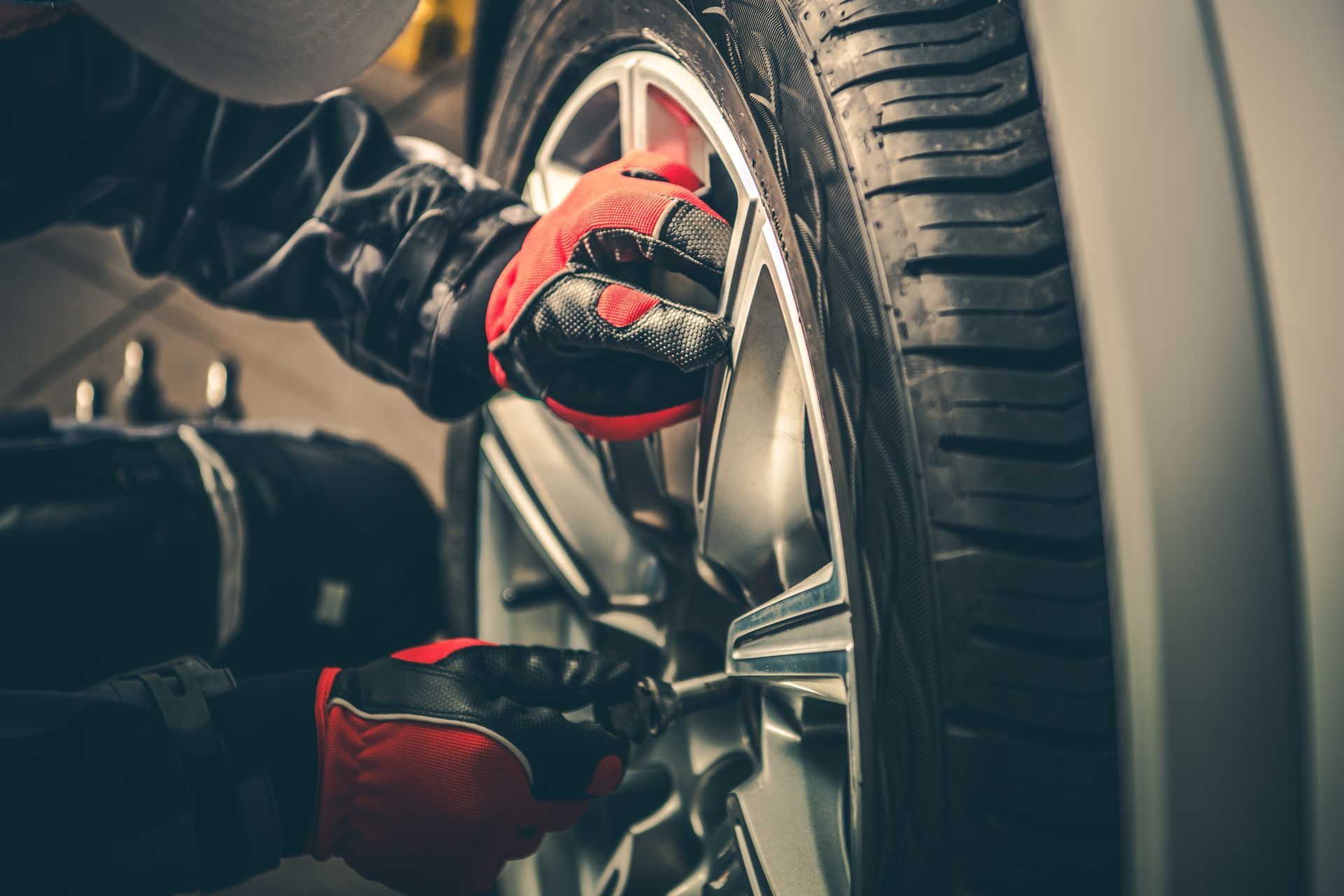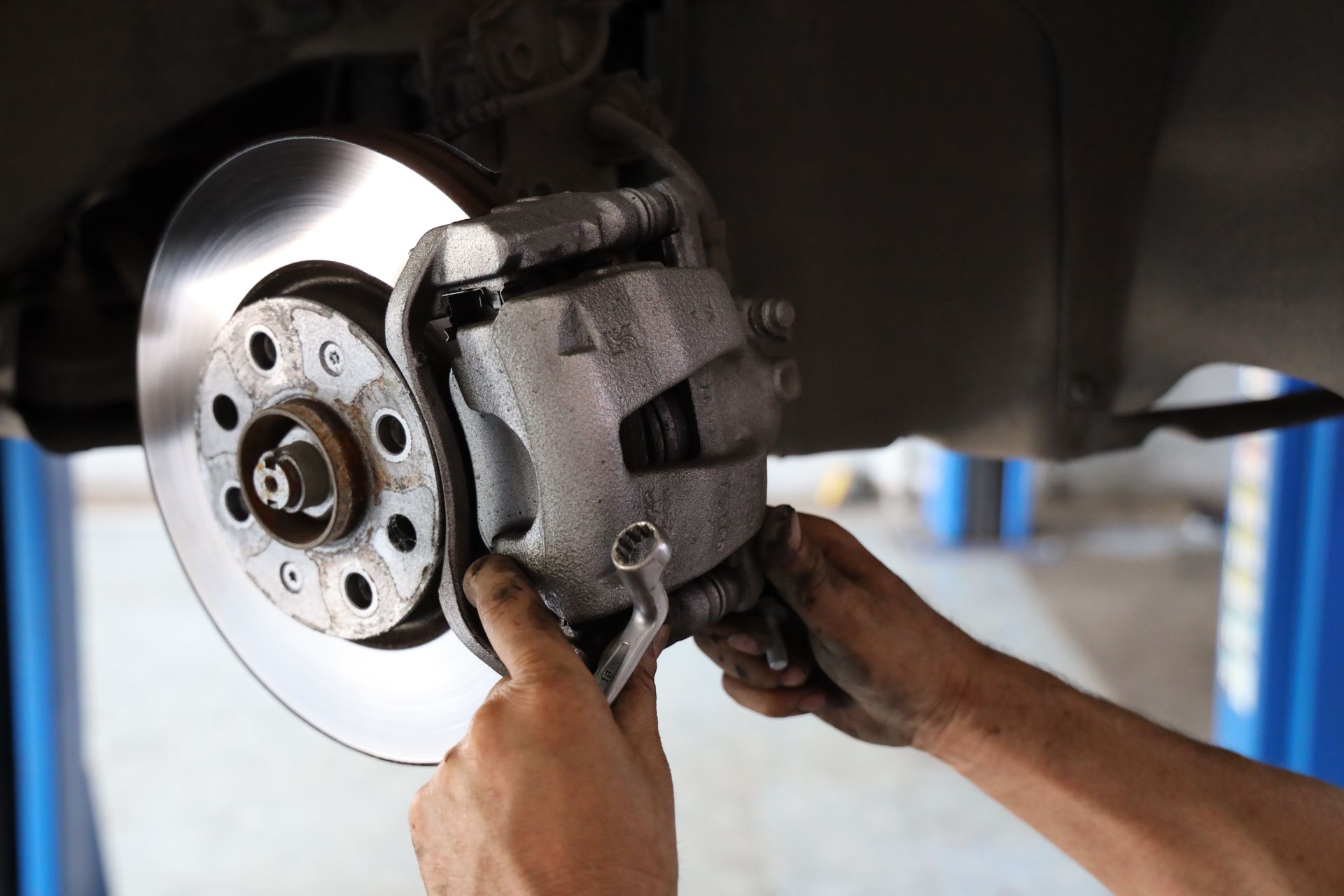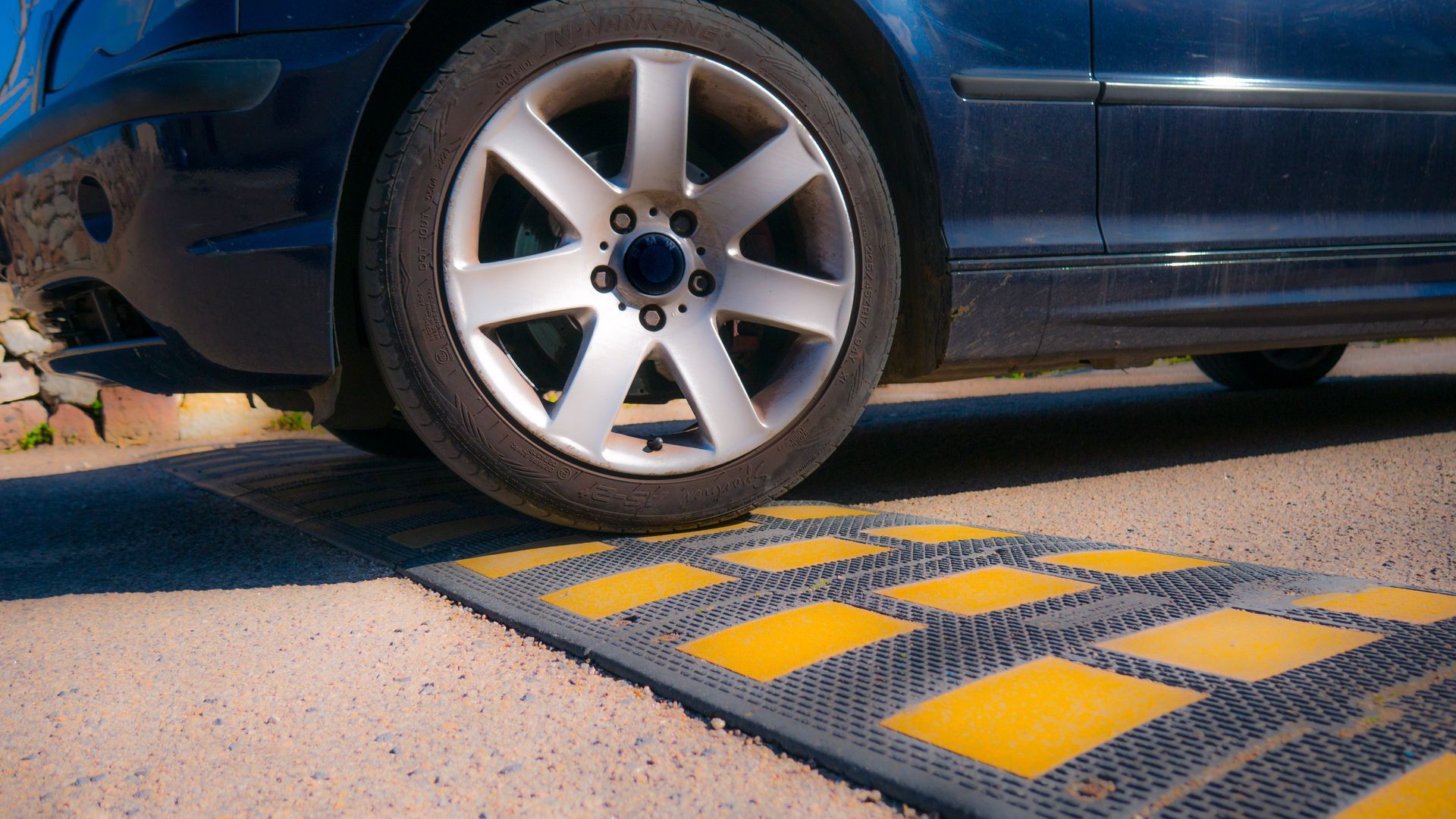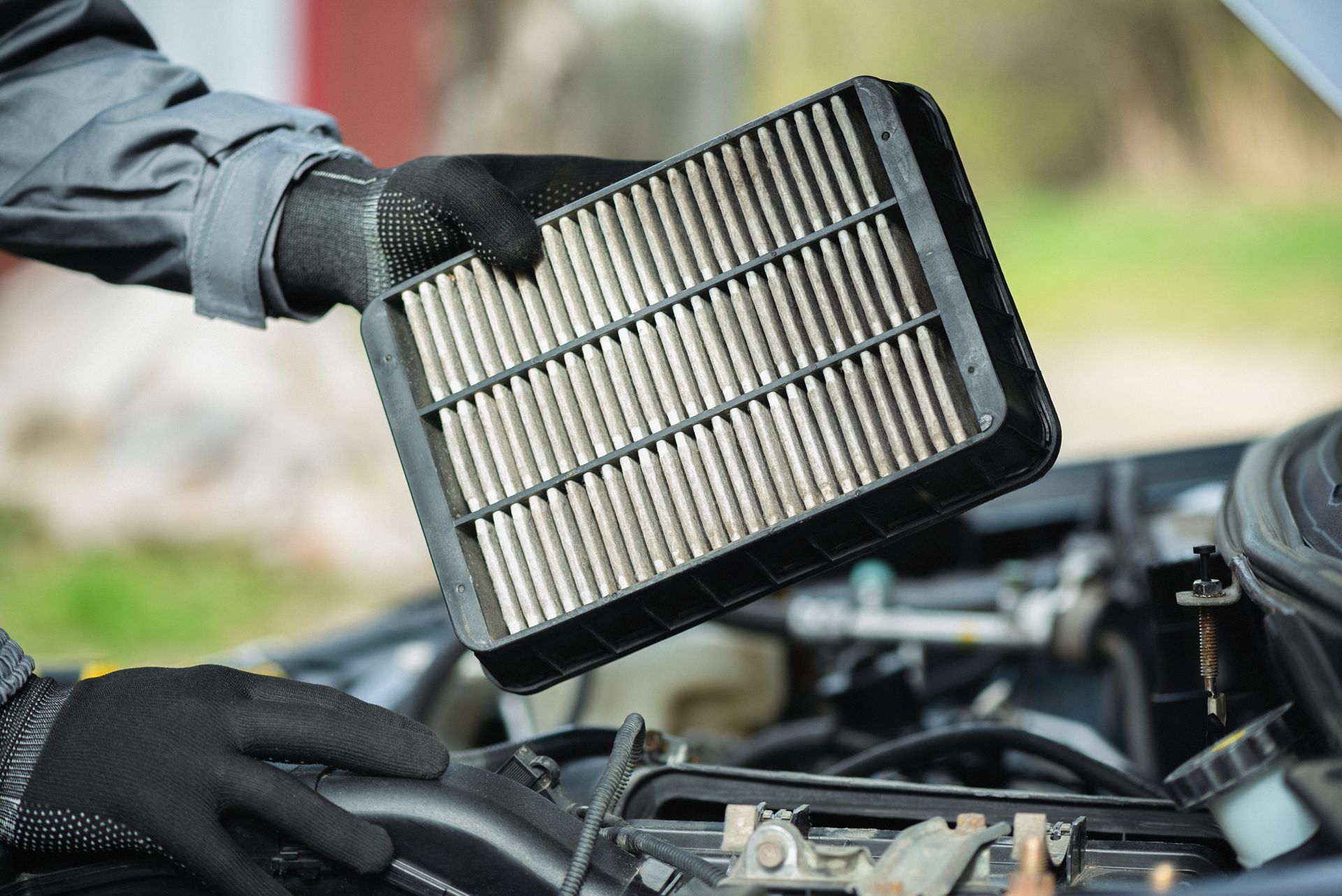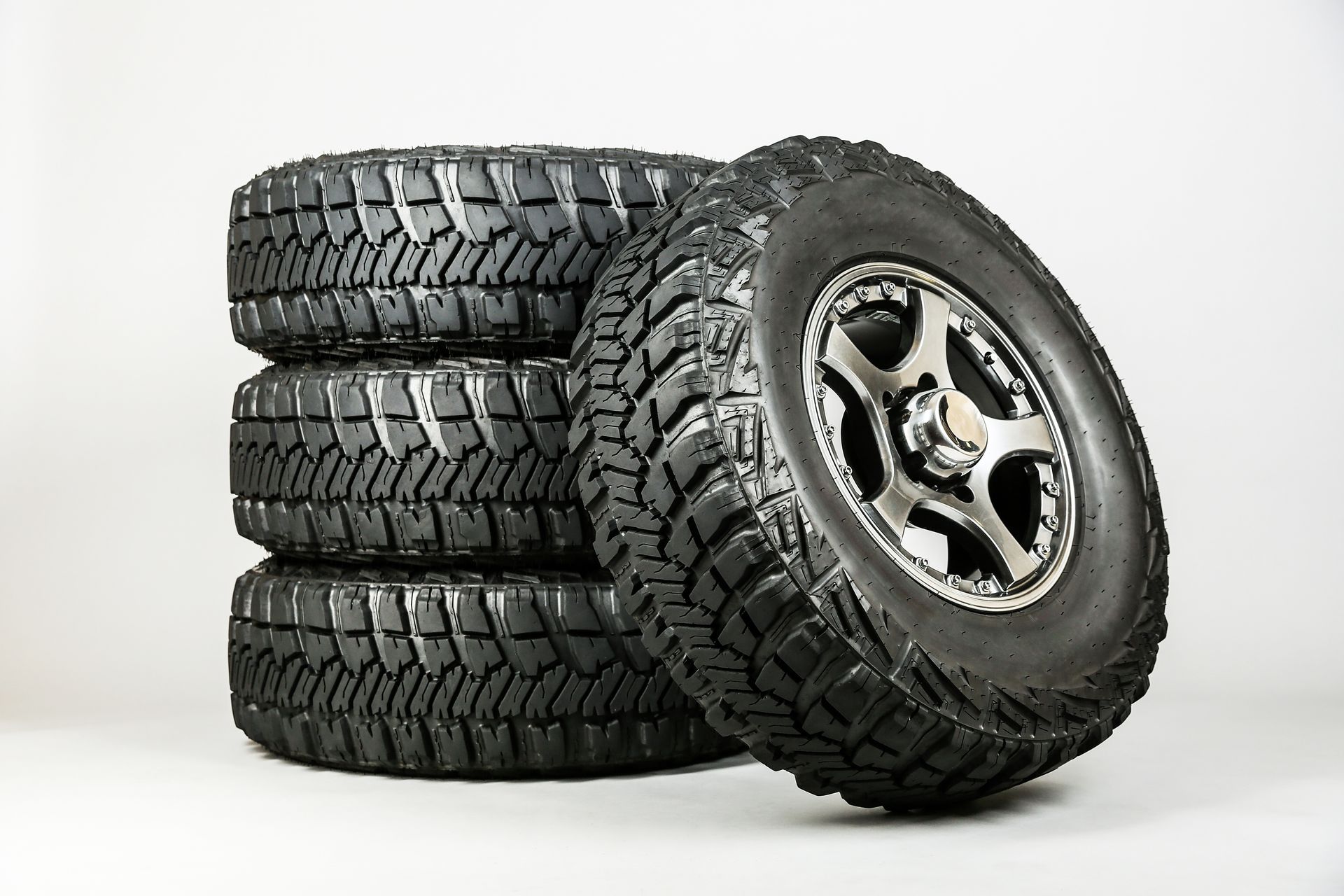Tire pressure warning lights are a common sight during colder months, particularly in fall and winter. As temperatures drop, the air inside your tires contracts, which can cause pressure levels to fall below the recommended threshold. This triggers the TPMS (Tire Pressure Monitoring System) to alert the driver.
While the warning light does not always indicate a serious problem, it should not be ignored. Driving with underinflated tires can reduce fuel efficiency, compromise handling, and accelerate tire wear. Understanding why this happens and what steps to take can help maintain both safety and performance.
What the TPMS Light Really Means
Your Tire Pressure Monitoring System (TPMS) is designed to alert you when one or more of your tires are significantly underinflated. Most systems trigger the warning light when tire pressure drops by 25 percent or more below the recommended level.
In many cases, the tires are still holding air, but the air inside them has contracted due to lower temperatures, reducing the pressure enough to trigger the sensor.
Why Cold Weather Affects Tire Pressure
Air expands when it’s warm and contracts when it’s cold. For every 10-degree drop in temperature, your tires can lose about one to two pounds per square inch (PSI) of pressure. So, if the overnight temperature falls by 30 degrees, your tire pressure could drop by 3 to 6 PSI without a single leak.
This is usually enough to set off the TPMS light. While the tires may not be damaged, the pressure is lower than optimal, which affects traction, fuel economy, and tire wear.
Should You Refill the Tires Right Away
Yes. Even if the drop in pressure is due to cold weather, it's still important to bring your tires back to the recommended PSI. Driving with underinflated tires reduces your grip on the road and can lead to premature tire wear.
However, it’s a good idea to check the pressure when the tires are cold. If you check after driving a few miles, the friction can warm the tires and give you a higher reading.
Can the TPMS Light Turn Off on Its Own
Sometimes, the light will turn off once the tires warm up during driving or if the outdoor temperature rises later in the day. However, relying on this is not a good long-term solution. Repeated pressure drops can stress the tires and sensors.
If the light stays on for more than a day or doesn’t turn off after adding air, there may be another issue. A faulty sensor, a slow leak, or a nail in the tread could be the real cause.
How to Prevent Pressure Drops in the Cold
- Check your tire pressure at least once a month, especially when seasons change
- Add air as needed to match the recommended PSI listed in your vehicle’s door frame
- Avoid relying solely on the TPMS light for tire maintenance
- Keep a portable tire gauge in your glove box
Tires naturally lose a small amount of air over time, even without leaks. But the cold accelerates this process and brings it to your attention faster.
What If the TPMS Light Stays On After Adding Air
If you've added air to all four tires and the light is still on, it may need to be manually reset. Some vehicles have a TPMS reset button, while others require the vehicle to be driven for several miles at a certain speed to recalibrate.
If that doesn’t work, a TPMS sensor may be malfunctioning. These sensors are battery-powered and can wear out over time. A professional technician can scan the system and identify the faulty unit.
Stay Safe on Cold Roads With Rick's Tire & Service in Seattle, WA
If your TPMS light keeps coming on, the team at Rick's Tire & Service in Seattle is ready to help. We’ll check your tire pressure, inspect for leaks, and make sure your sensors are working properly. Cold weather doesn’t have to mean driving with uncertainty.
Stop by or schedule your visit today to keep your tires properly inflated and your vehicle driving safely, no matter the season.


